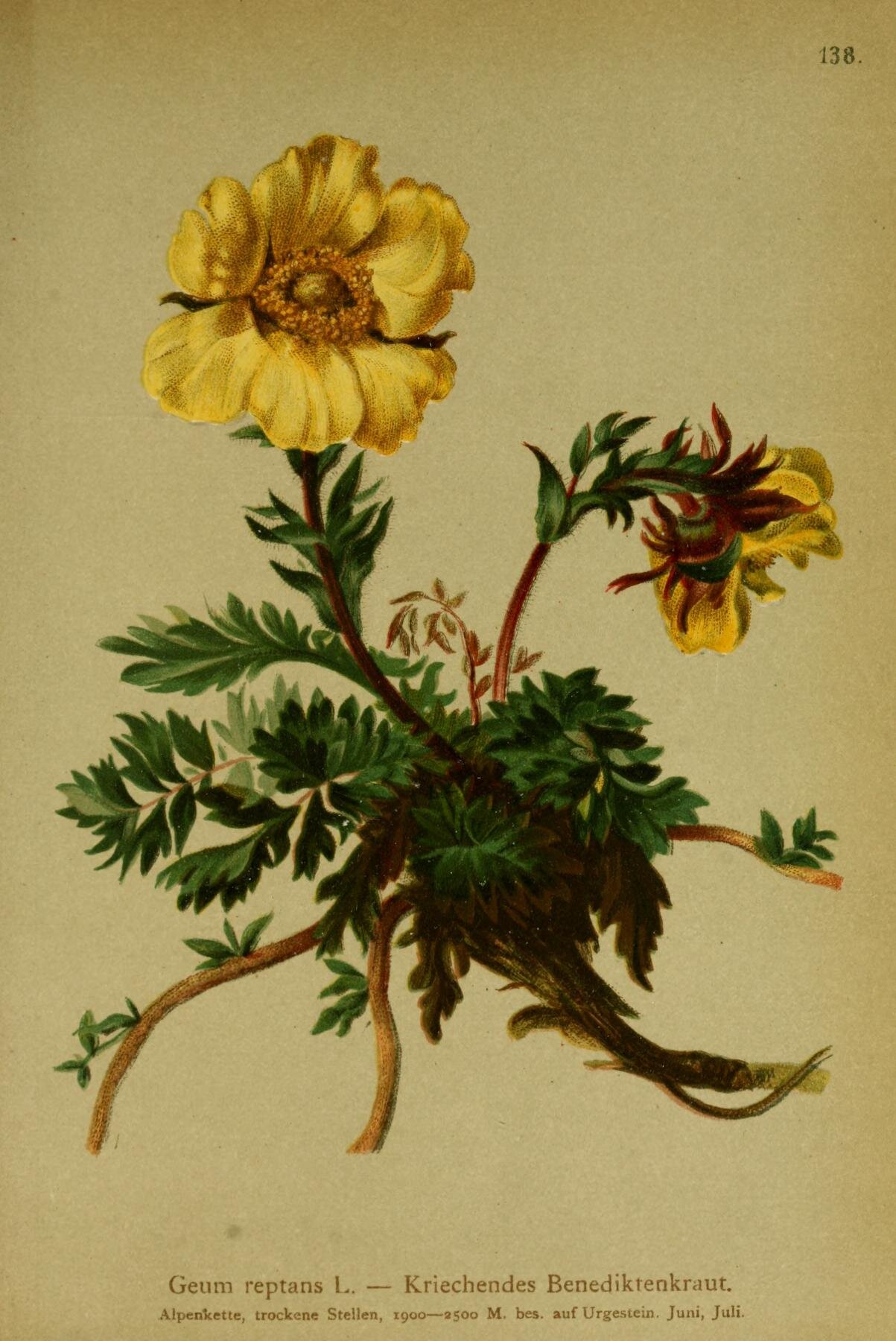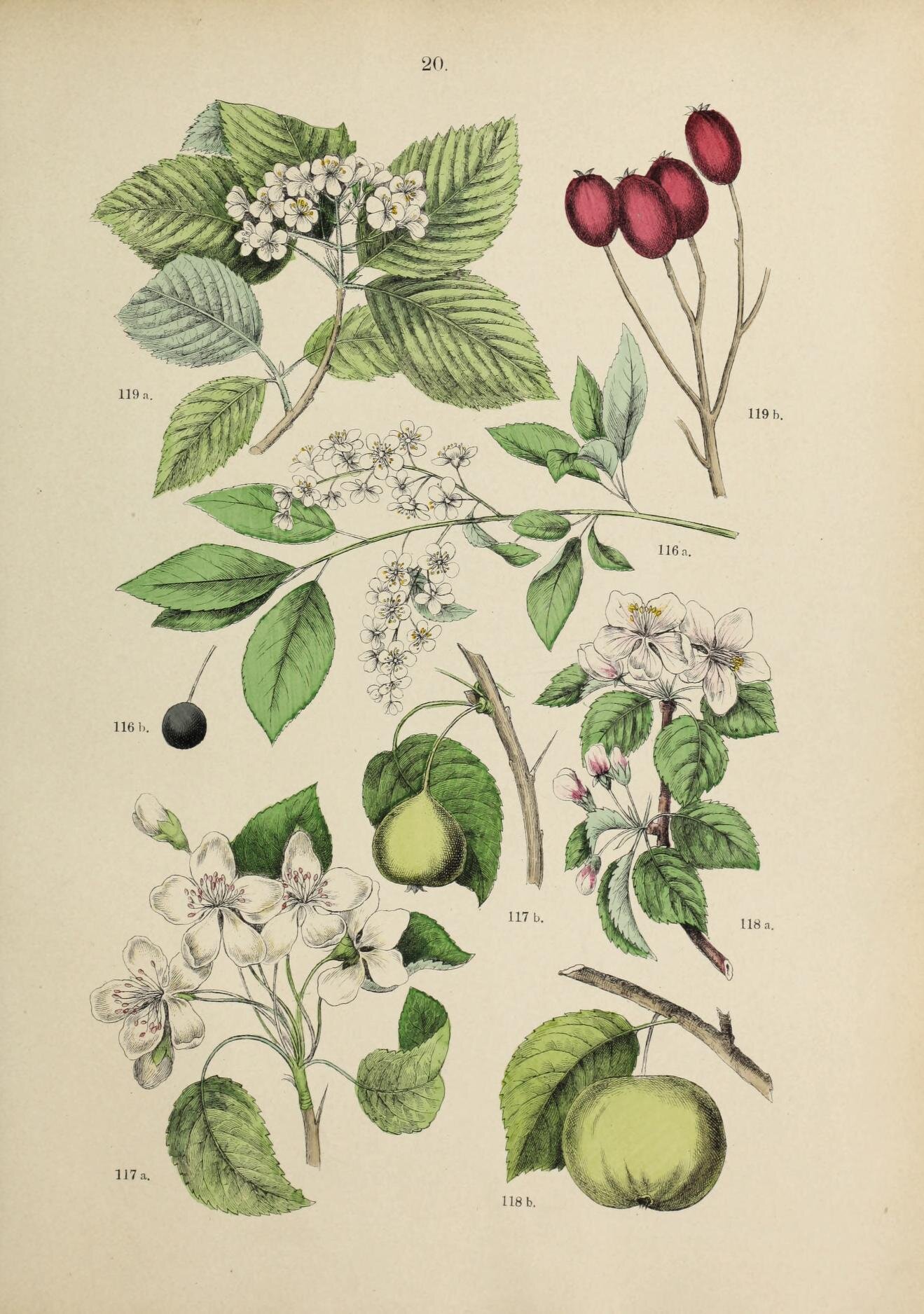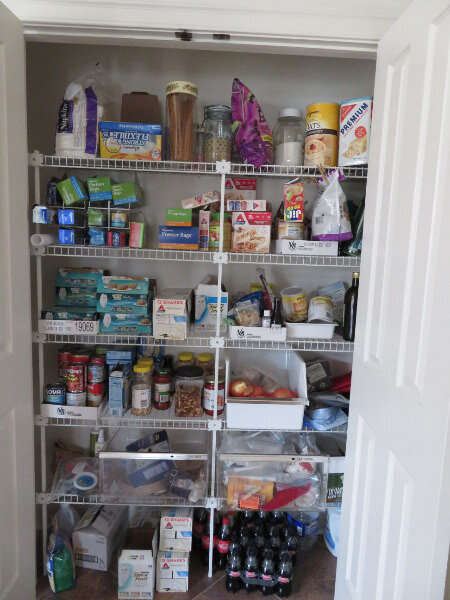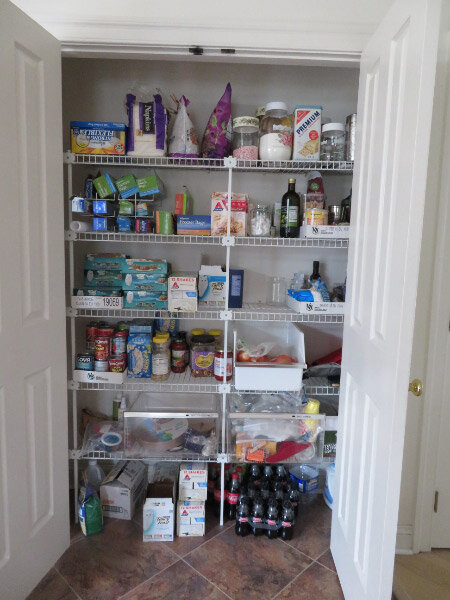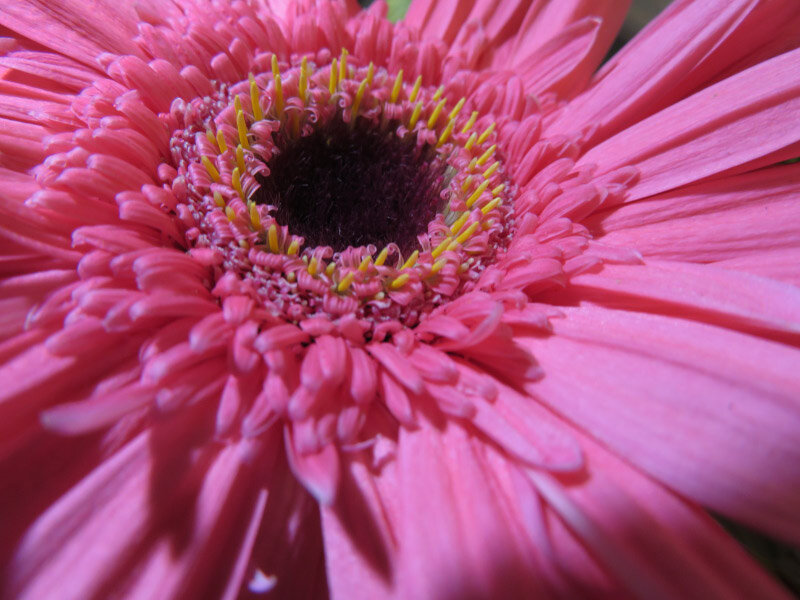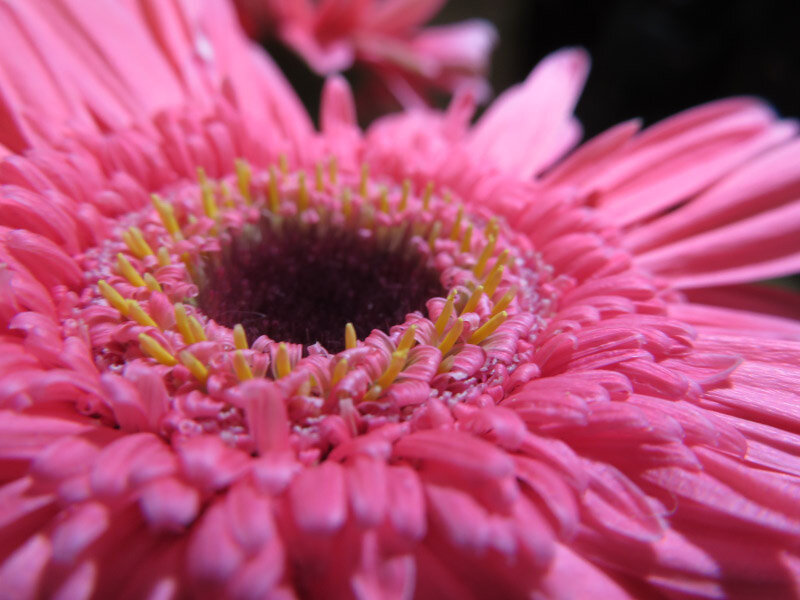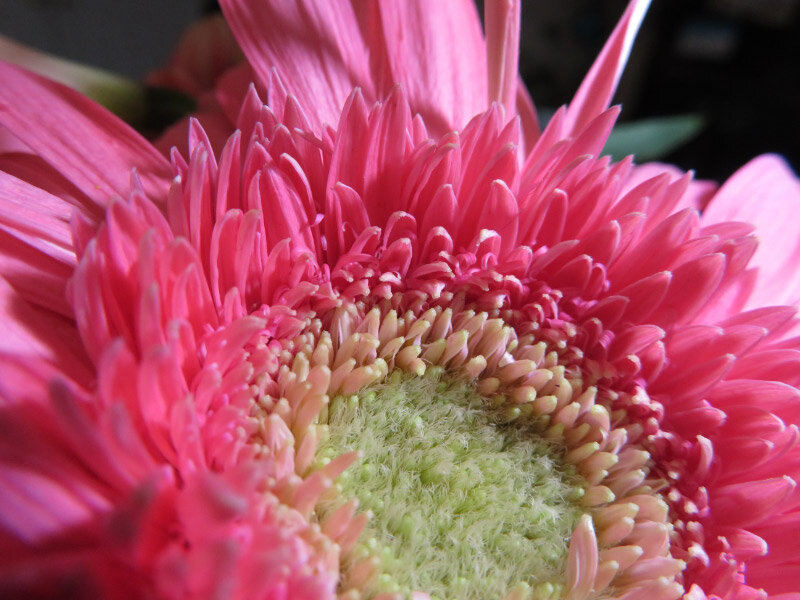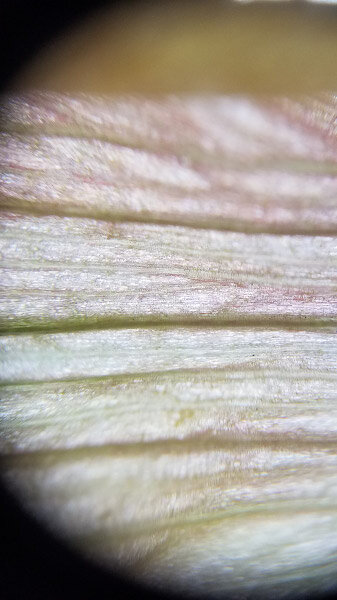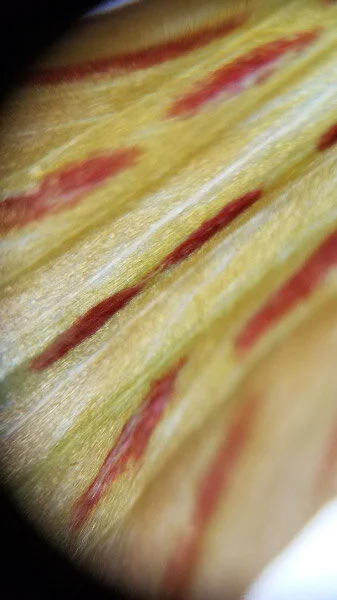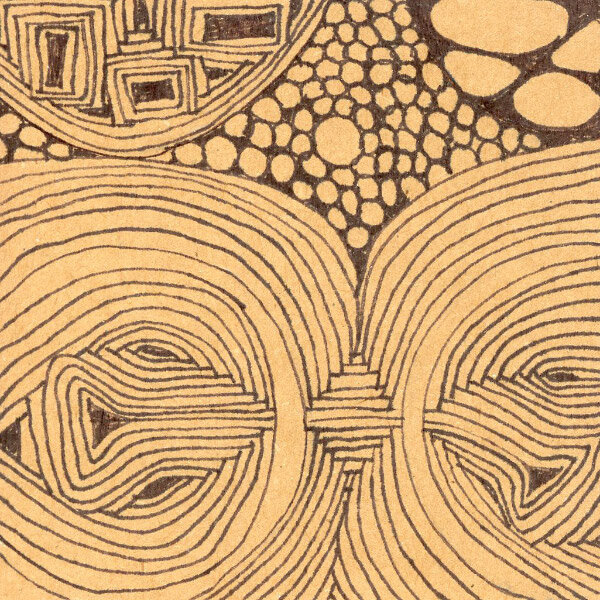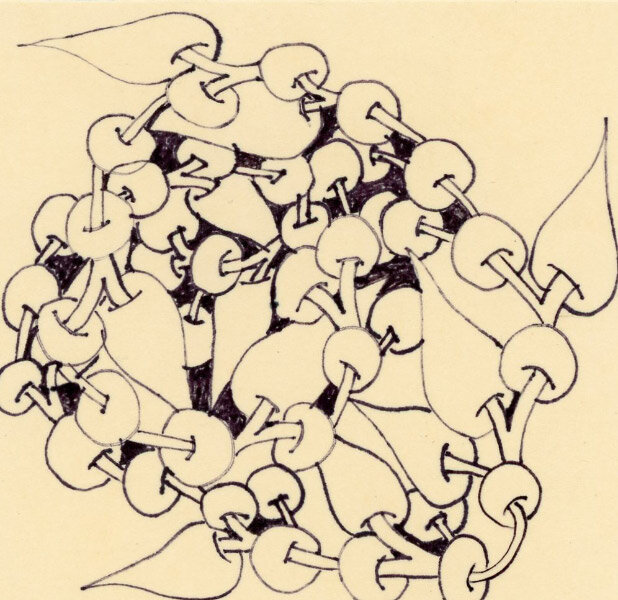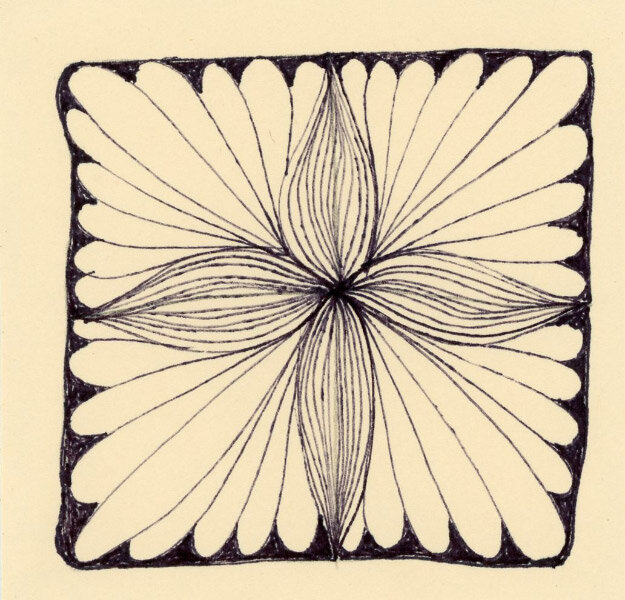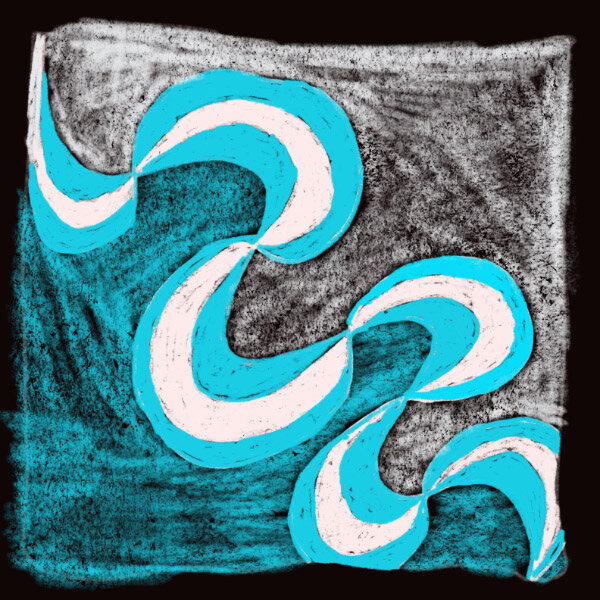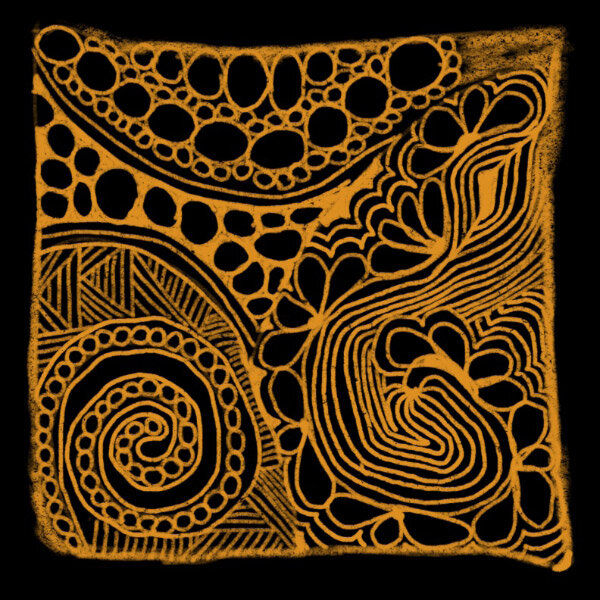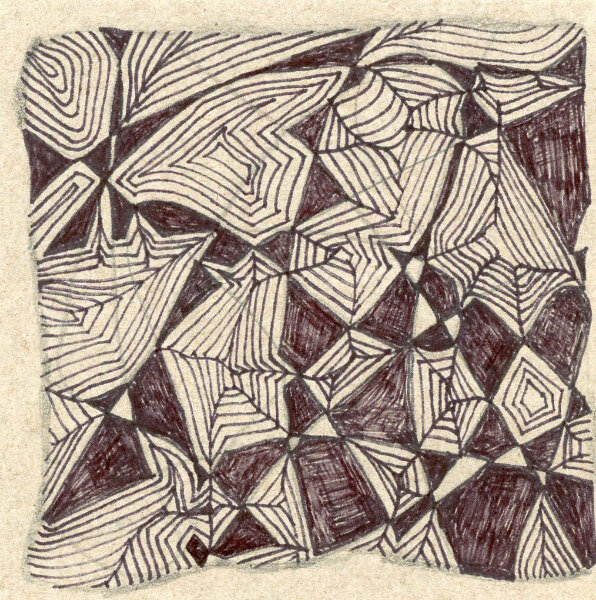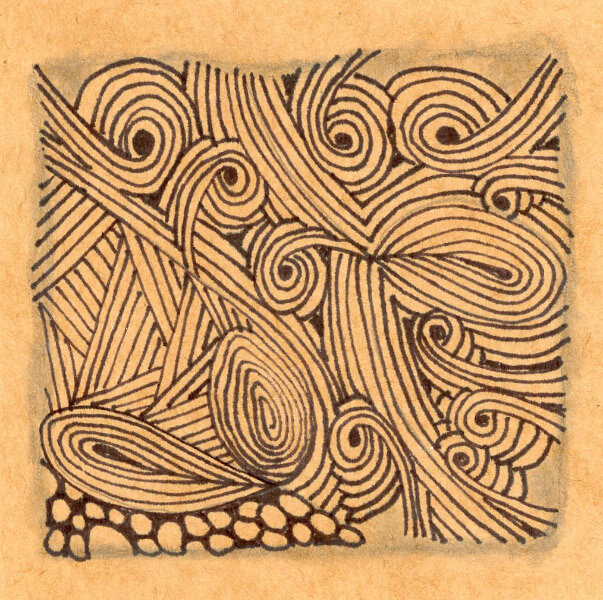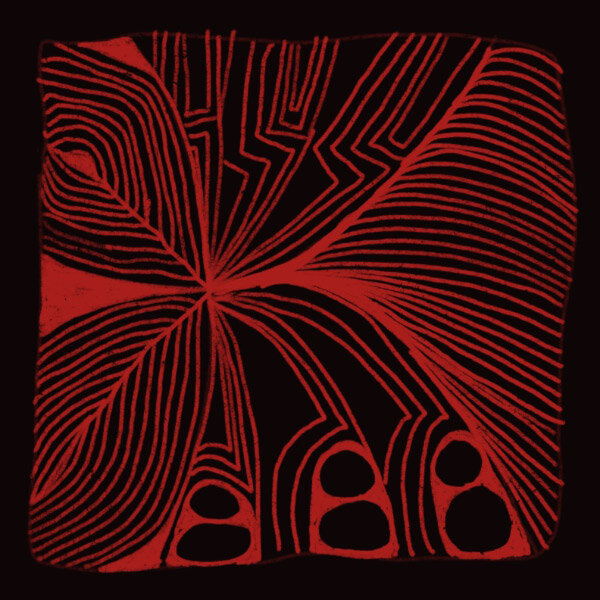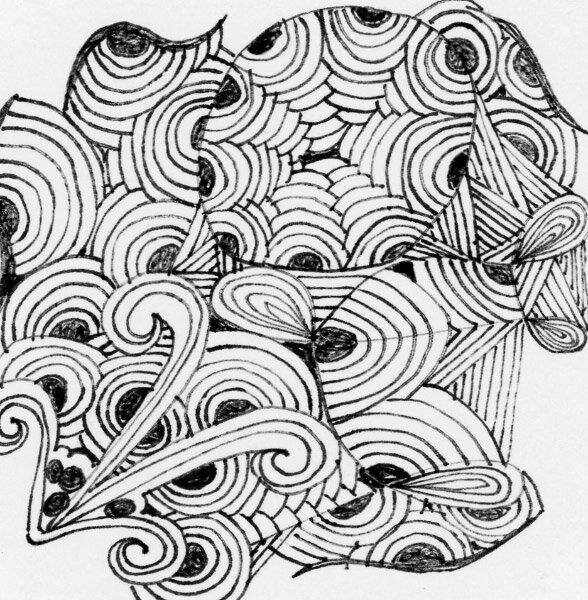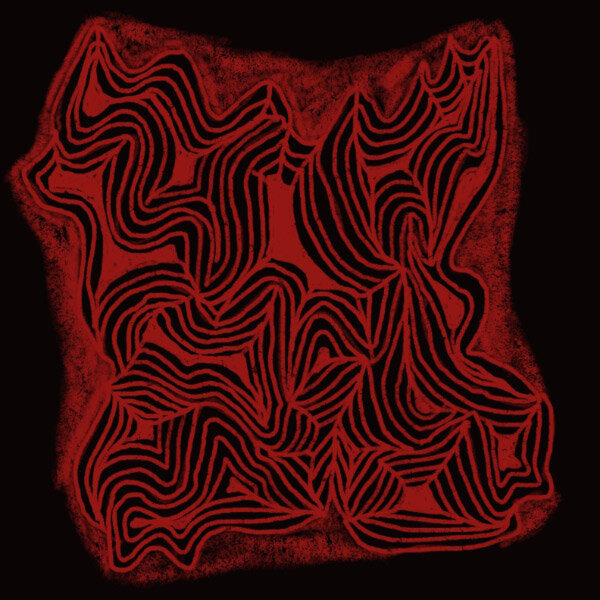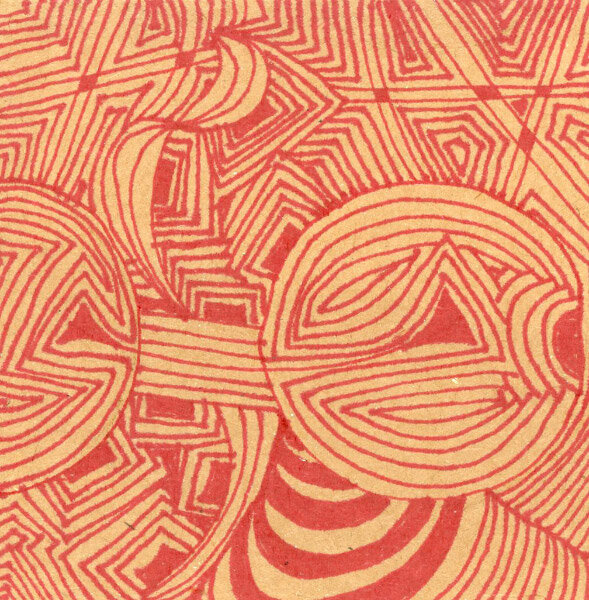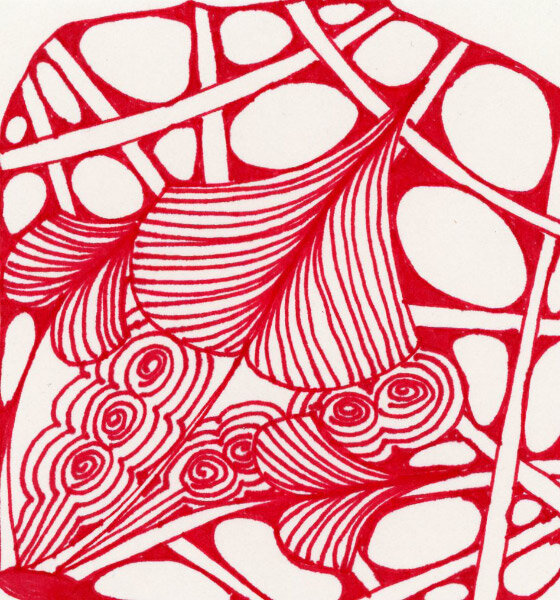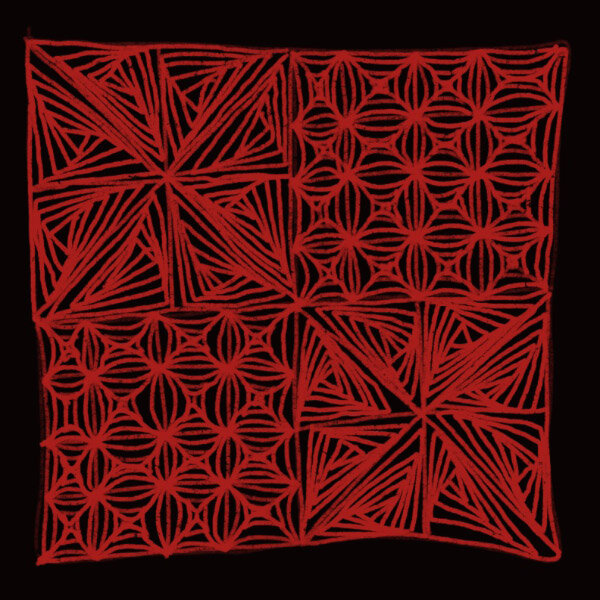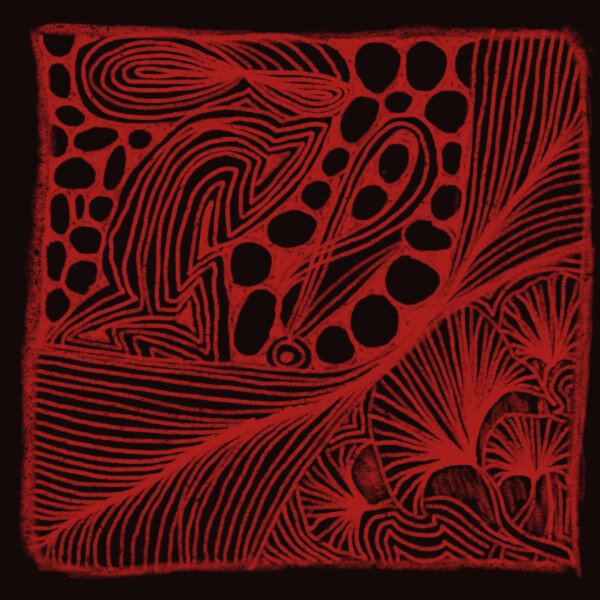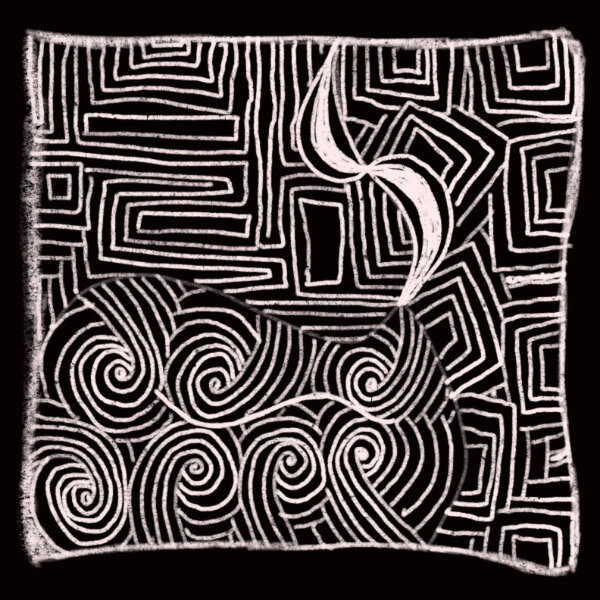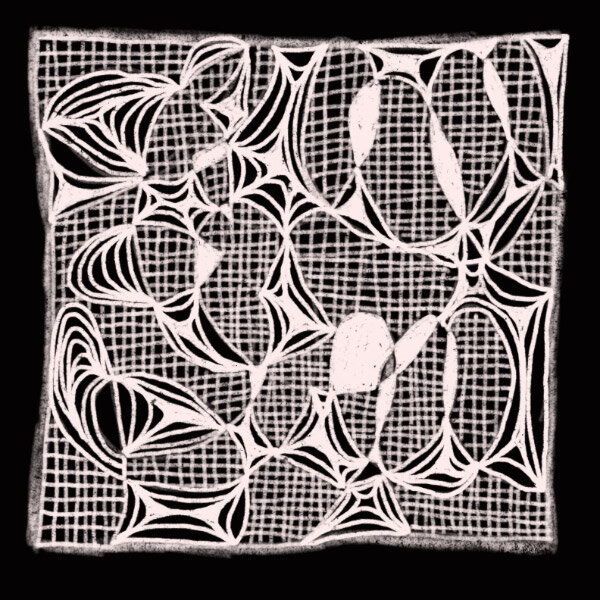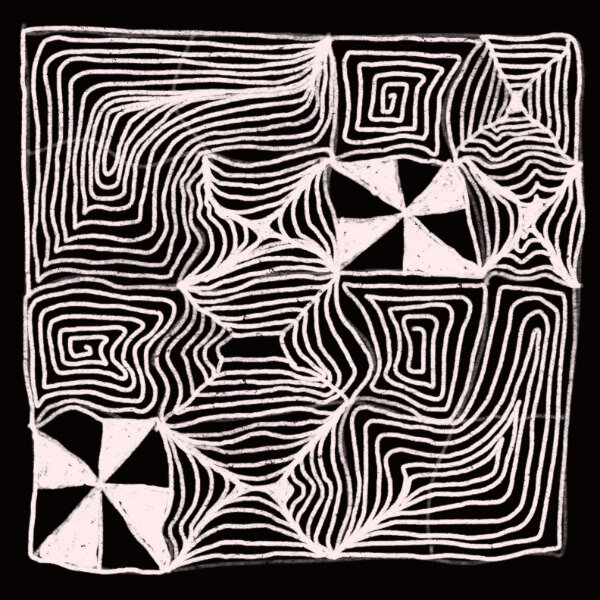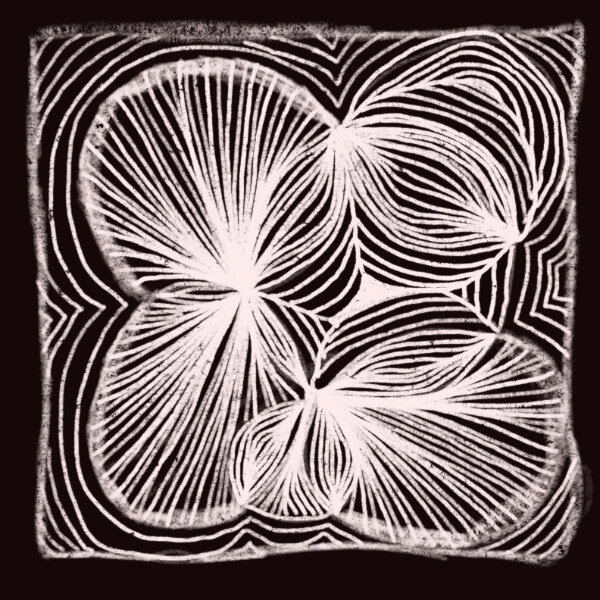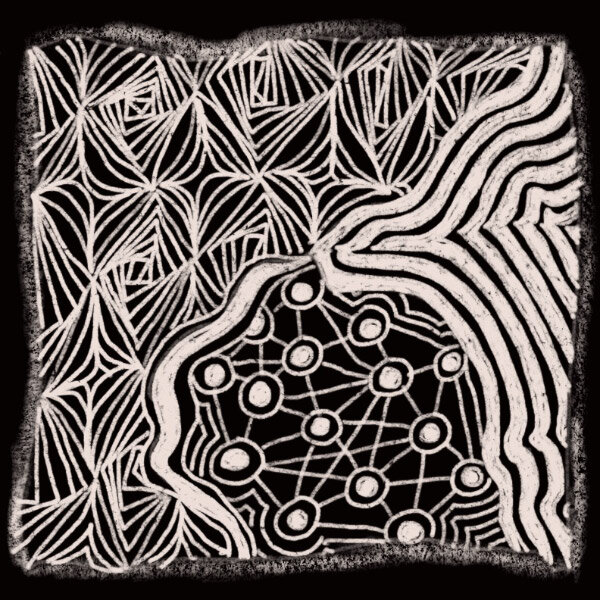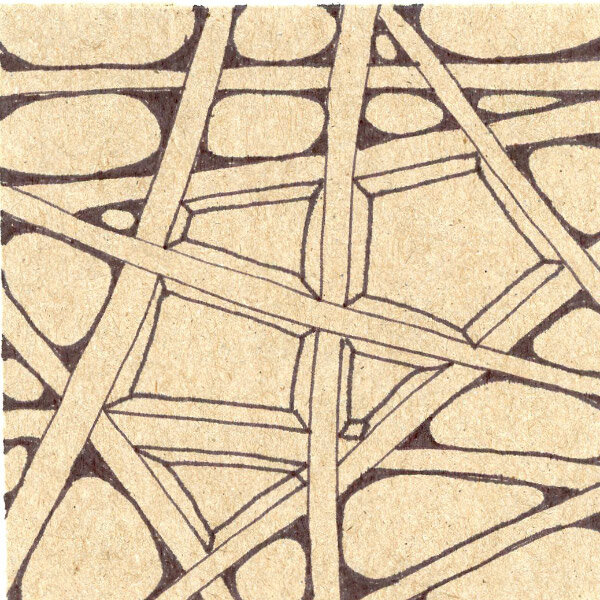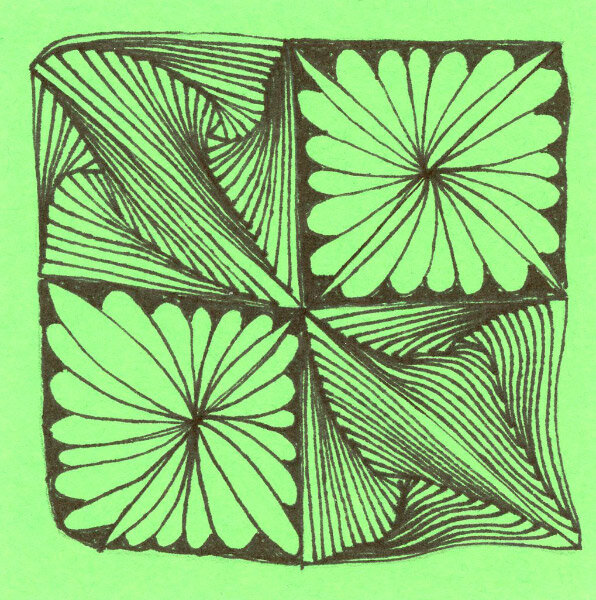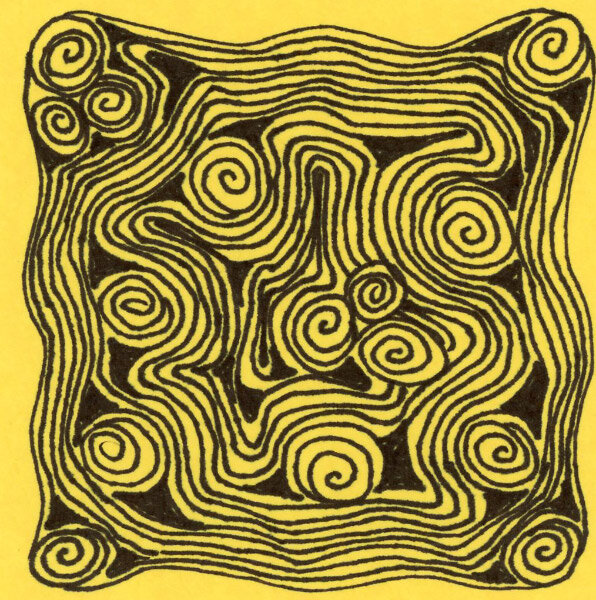eBotanical Prints – February 2020
/19 botanical eBooks found in February! There were two series about alpine plants and then one series about medicinal plants. The publication dates range from 1868 to 1971…although heavily skewed to the second half of the 1800s. I always enjoy looking at botanical print books but in February – when the view from my window is winter trees – I find them even more appealing.
The volumes are all freely available on the Internet. The whole list of about 1,850 books can be accessed here. Sample images and links for the 19 new ones are provided below. (click on the sample image to see a larger view). Enjoy!
Common Weeds of the United States * Reed, Clyde Franklin * sample image * 1971
Atlas Rostlin * Joh, Jan * sample image * 1899
Atlas de la flora alpine V1 * Correvon, Henry * sample image * 1899
Atlas de la flora alpine V4 * Correvon, Henry * sample image * 1899
Atlas de la flora alpine V5 * Correvon, Henry * sample image * 1899
Fleurs des champs et des bois, des haies et des murs * Correvon, Henry * sample image * 1922
Atlas der Alpenflora V1 * Hartinger, Anton; Dalla Torre, Karl Wilhelm von * sample image * 1882
Atlas der Alpenflora V2 * Hartinger, Anton; Dalla Torre, Karl Wilhelm von * sample image * 1882
Atlas der Alpenflora V3 * Hartinger, Anton; Dalla Torre, Karl Wilhelm von * sample image * 1882
Atlas der Alpenflora V4 * Hartinger, Anton; Dalla Torre, Karl Wilhelm von * sample image * 1882
Atlas der officinellen Pflanzen - Band III * Berg, Otto Carl; Schmidt, C. F.: Meyer, Arthur * sample image * 1899
Atlas der officinellen Pflanzen - Band I * Berg, Otto Carl; Schmidt, C. F.: Meyer, Arthur * sample image * 1893
Pflanzen-Atlas nach dem Linné'schen System * Hoffman, Carl * sample image * 1881
Botanischer bilder-atlas nach De Candolle's Natürlichem pflanzensystem * Hoffmann, Carl * sample image * 1884
Traité pratique et raisonné des plantes médicinales indigènes, avec un atlas de 200 planches lithographiées * Cazin, F.J.; Cazin, Henri * sample image * 1868
Köhler's Medizinal-Pflanzen in naturgetreuen Abbildungen mit kurz erläuterndem Vol 1 * Kohler, Hermann Adolph; Pabst (Gustav); (Walther Otto Müller, C. F. Schmidt, and K. Gunther illustrators) * sample image * 1887
Köhler's Medizinal-Pflanzen in naturgetreuen Abbildungen mit kurz erläuterndem Vol 2 * Kohler, Hermann Adolph; Pabst (Gustav); (Walther Otto Müller, C. F. Schmidt, and K. Gunther illustrators) * sample image * 1890
Köhler's Medizinal-Pflanzen in naturgetreuen Abbildungen mit kurz erläuterndem Vol 3 * Kohler, Hermann Adolph; Pabst (Gustav); (Walther Otto Müller, C. F. Schmidt, and K. Gunther illustrators) * sample image * 1898
Köhler's Medizinal-Pflanzen in naturgetreuen Abbildungen mit kurz erläuterndem Vol 4 * Kohler, Hermann Adolph; Pabst (Gustav); (Walther Otto Müller, C. F. Schmidt, and K. Gunther illustrators) * sample image * 1899








